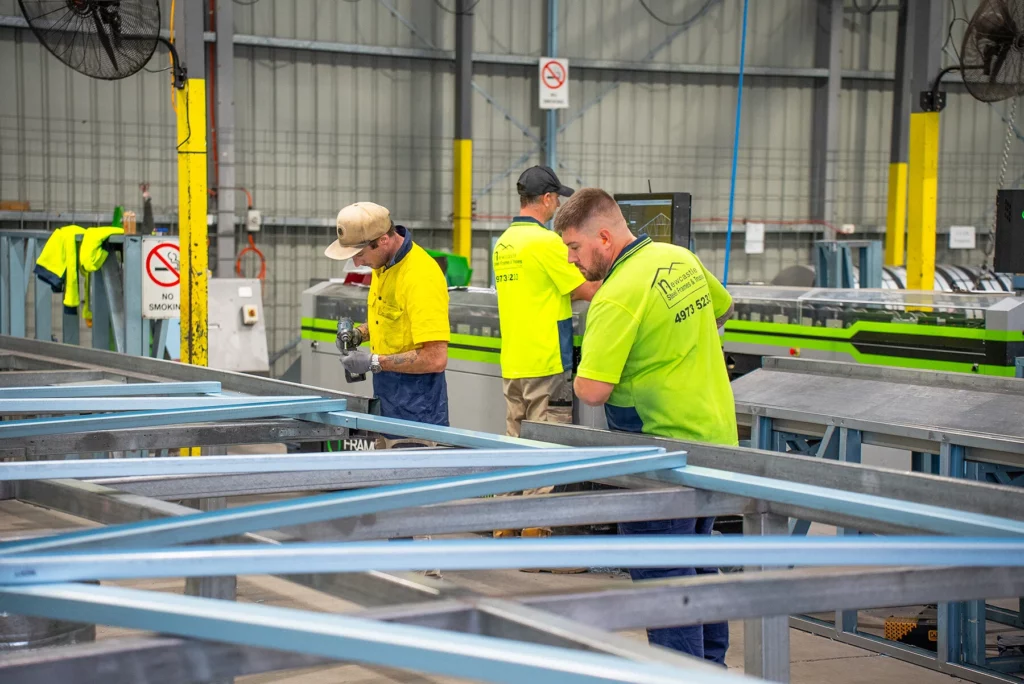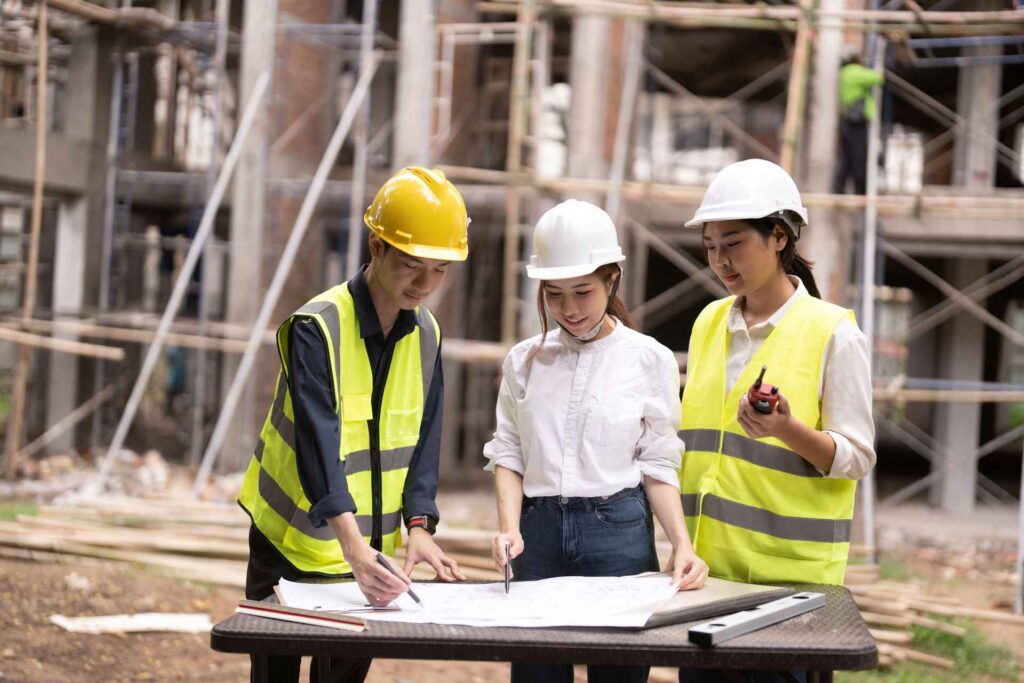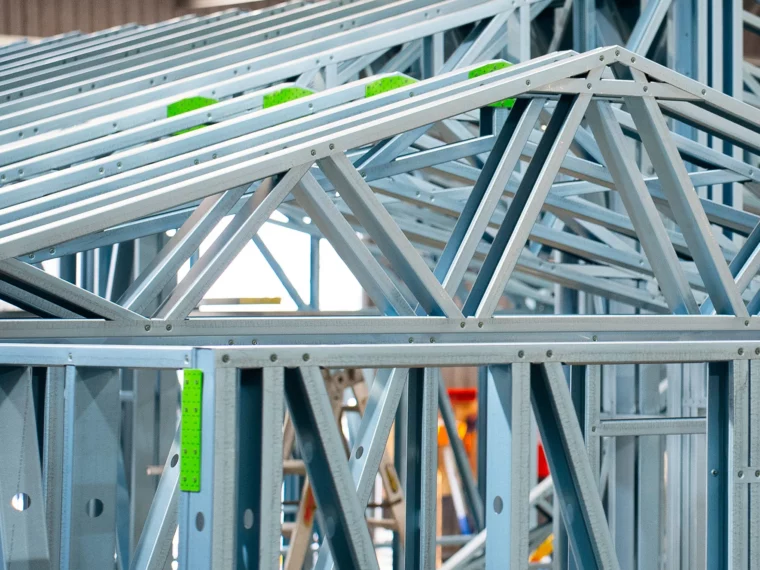In the ever-evolving world of construction, ensuring safety is paramount. One such essential safety measure is the use of safety strips. These strips play a vital role not only in maintaining the structural integrity of buildings but also in protecting workers on site. In this article, we’ll delve into the multifaceted importance of safety strips in modern construction practices.
Understanding the Role of Safety Strips in Construction
Safety strips, often made from durable materials, serve several essential purposes within the construction industry. Their primary function revolves around providing a secure barrier that mitigates risks and potential hazards. Typically attached to edges, staircases, and walkways, safety strips are designed to enhance visibility and grip, significantly reducing the likelihood of slips and falls.
The Basic Function of Safety Strips
The most apparent function of safety strips is to create a visible demarcation between safe and potentially dangerous areas. By using bright colours and textured surfaces, safety strips draw the attention of workers and pedestrians alike. This heightened visibility is particularly crucial in low-light conditions where hazards might otherwise go unnoticed.
Furthermore, safety strips are instrumental in preventing slips, especially in areas prone to moisture or spills. Their textured surfaces provide the necessary grip required for safe movement, thereby creating a more secure working environment. This feature is particularly important on construction sites, which often face unpredictable weather conditions.

How Safety Strips Contribute to Structural Integrity
While safety strips primarily focus on human safety, they also play a significant role in maintaining the structural integrity of buildings. By preventing accidents, these strips reduce the potential for costly damage and delays caused by injuries on site. When workers feel safe, they are more likely to focus on their tasks, leading to better productivity and fewer mistakes.
Moreover, the presence of well-installed safety strips can assist in the overall planning of a construction project. They help define walkable paths, preventing foot traffic from causing wear and tear on delicate structures. This consideration not only protects the workers but also ensures that the completed structure is more durable.
Read about mesh fencing at: Mesh Fencing Solutions for Securing Your Construction Site
The Evolution of Safety Strips in Modern Construction
The history of safety strips in construction reveals a fascinating transition from traditional methods to modern innovations. Initially, basic measures such as painted lines or simple warnings were the norm, but as safety standards evolved, so did the materials and designs used in safety strips.
The Transition from Traditional Methods
Traditional approaches to ensuring safety on sites were often limited in effectiveness. Workers relied on paint, tape, and simple railing systems, which could be easily missed or damaged. These methods lacked the durability and clear visibility that modern safety strips offer.
As awareness of workplace safety increased, so too did the innovations within the industry. The introduction of robust materials and reflective coatings transformed safety strips into highly effective tools for risk management.
Technological Advancements in Safety Strip Design
Today, safety strips are designed with advanced technologies that not only enhance visibility but also increase durability. Many modern safety strips incorporate LED lighting for added visibility in low-light conditions or during night-time work. This has proven particularly useful on construction sites that operate around the clock. Read more about durability on https://www.engr.psu.edu/ce/courses/ce584/concrete/library/materials/aggregate/durability.htm
Furthermore, materials are now engineered to withstand harsh weather conditions, ensuring functionality throughout the lifespan of a construction project. Such advancements have revolutionised the way safety measures are perceived and implemented on construction sites.
The Impact of Safety Strips on Worker Safety
Worker safety is the top priority on any construction site, and safety strips play a crucial role in safeguarding those on the job. By helping to reduce risks associated with slips, trips, and falls, these strips significantly contribute to a safer working environment.
Reducing the Risk of Accidents on Construction Sites
Statistics show that the construction industry has one of the highest rates of accidents in the workplace. However, safety strips can mitigate this issue. By clearly marking hazardous areas and providing a secure footing, they help to reduce the frequency of accidents significantly.
Moreover, proper education regarding the use and importance of safety strips should be included in worker training. Ensuring that each team member understands their role in using safety strips can create a culture of safety that permeates the construction process.
The Role of Safety Strips in Health and Safety Regulations
Modern construction practices are governed by strict health and safety regulations, and the incorporation of safety strips is often a requirement. By implementing safety strips, construction companies demonstrate their commitment to meeting legal responsibilities and prioritising the well-being of their workers.
Regular audits and inspections frequently include the examination of safety measures, including the visibility and integrity of safety strips. Companies that fail to adhere to these standards may face penalties, illustrating the importance of embracing these critical safety elements in construction. Click here to find more about examination.
The Environmental Implications of Using Safety Strips
As the construction industry increasingly prioritises sustainability, the impact of safety strips on the environment cannot be overlooked. The materials used for these strips raise questions about their ecological footprint throughout their lifecycle.
Sustainability and Safety Strips
Many manufacturers now focus on producing eco-friendly safety strips, often made from recycled materials. This shift not only reduces the overall impact on the environment but also aligns with corporate sustainability goals.
By choosing products that are environmentally responsible, construction companies can promote a more sustainable approach within their operations while ensuring the safety of their workers. This dual benefit makes the case for prioritising eco-conscious safety strip options in construction projects.

The Lifecycle of Safety Strips: Production to Disposal
Understanding the lifecycle of safety strips is critical for evaluating their environmental impact. From production processes that utilise sustainable materials to the end-of-life disposal options, each stage presents opportunities for improvement.
For example, efforts in manufacturing processes that minimise waste and employ energy-efficient practices can significantly lower the carbon footprint associated with safety strips. Additionally, promoting recycling initiatives for used safety strips provides a pathway for manufacturers and contractors to enhance their sustainability credentials.
The Future of Safety Strips in Construction
Looking to the future, the development and use of safety strips are poised for significant advancements. Emerging technologies and design innovations will continue to shape their effectiveness and application in the construction industry.
Emerging Trends in Safety Strip Technology
Recent trends suggest that smart technology will play an ever-increasing role in safety strip designs. For instance, the integration of IoT sensors could notify safety personnel of potential hazards in real-time, allowing for swift corrective action.
Moreover, customisation options that allow for variable lengths, colours, and tread patterns may allow safety strips to be more adaptable to different environments and hazards. The future of safety strips promises to be both exciting and dynamic.
Predicted Changes in Safety Strip Usage
As safety regulations tighten and awareness of construction site hazards increases, the usage of safety strips is predicted to become more widespread. With an increasing emphasis on worker safety, companies will likely adopt these measures as standard practice, rather than as an afterthought.
In conclusion, safety strips are vital components of modern construction practices that not only protect workers but also enhance overall site productivity and compliance with health regulations. As technology advances and environmental concerns mount, the role of safety strips in construction will only continue to grow, ensuring a safer future for all involved.

